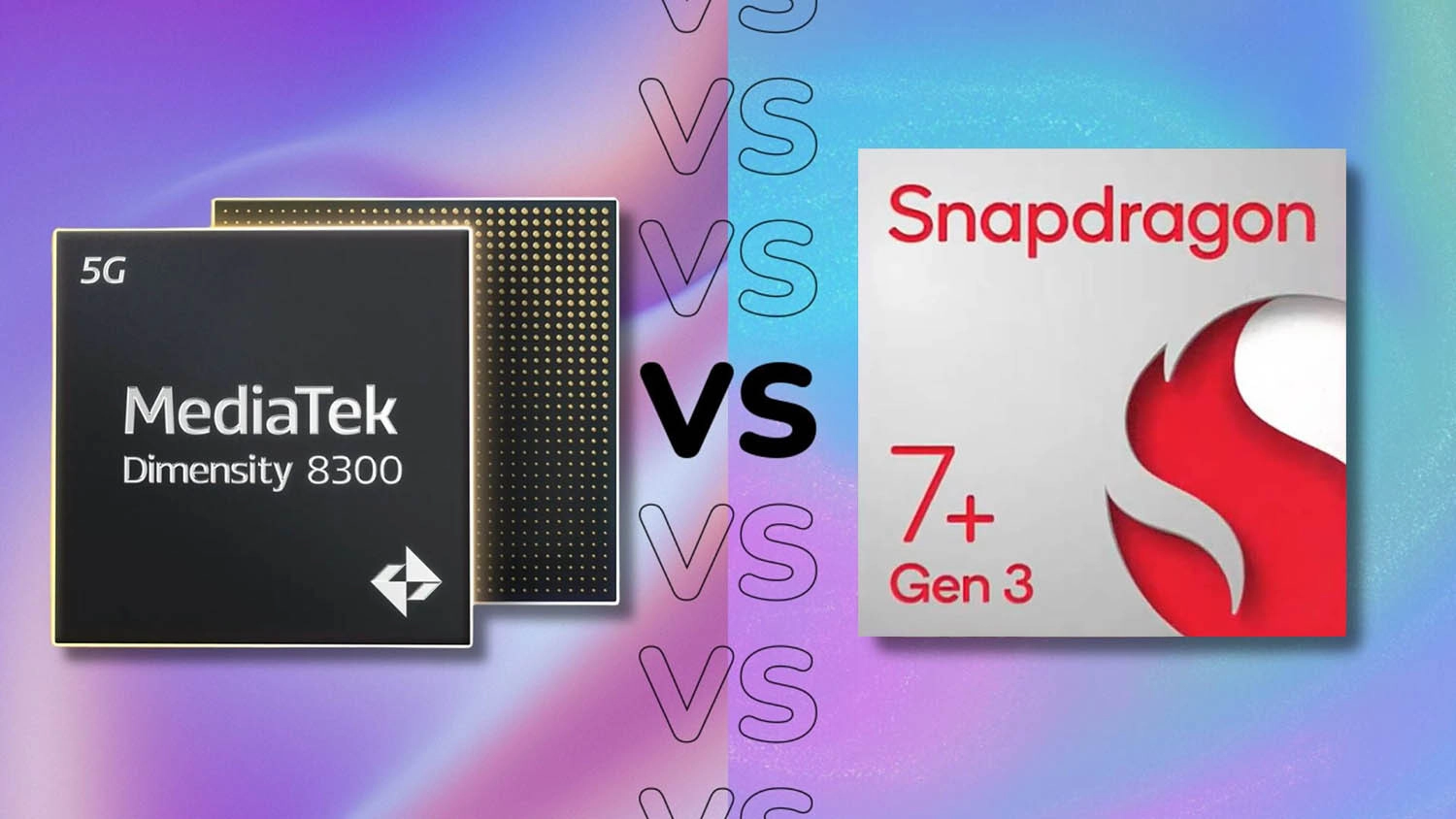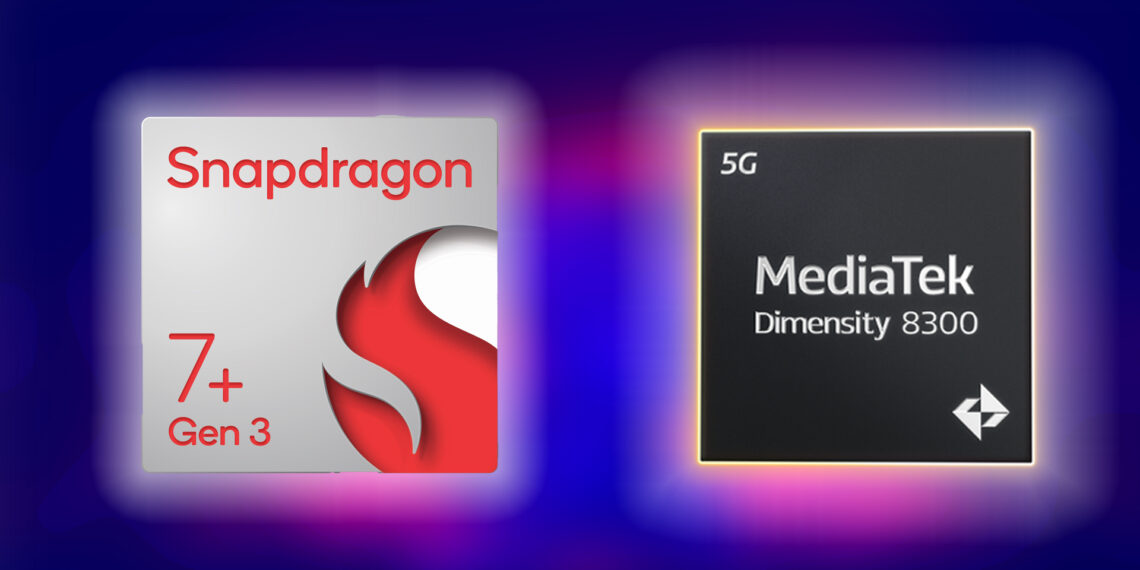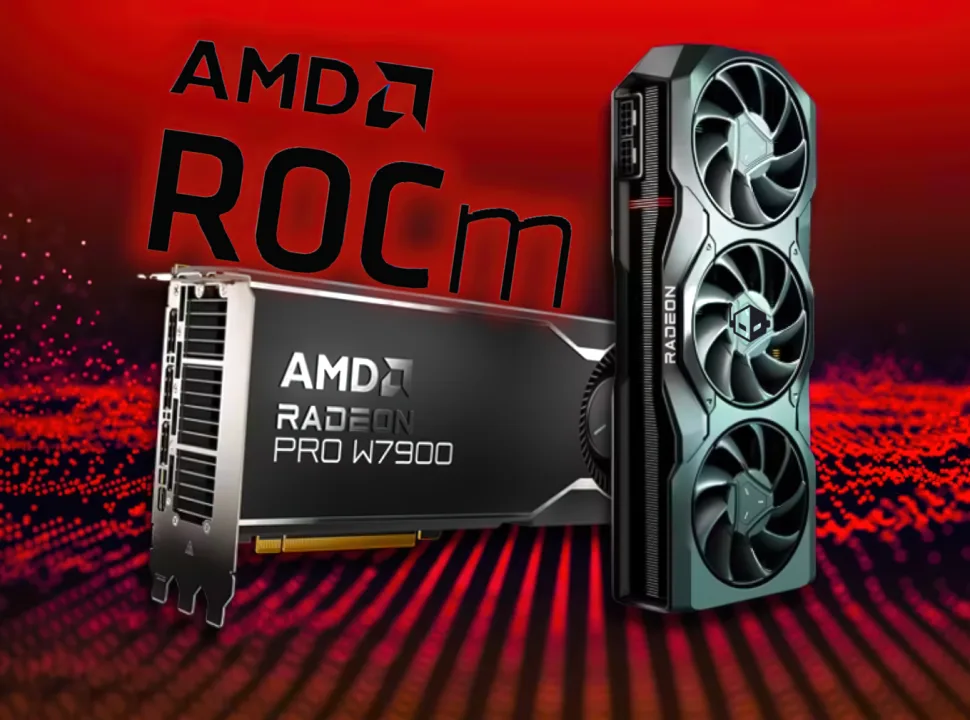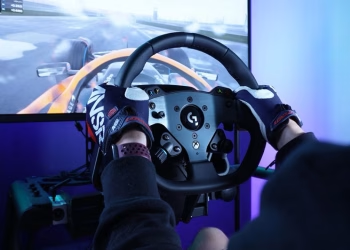Snapdragon 7+ Gen 3 vs. Dimensity 8300: Mid-Range Chipset Battle—Specs, Performance & AI Compared
In 2025, Qualcomm’s Snapdragon 7+ Gen 3 and MediaTek’s Dimensity 8300 redefine mid-range smartphone power. This detailed comparison dives into CPU and GPU performance, AI capabilities, and real-world benchmarks like AnTuTu and Geekbench. With the Snapdragon offering better thermal efficiency and gaming stability, and the Dimensity 8300 delivering superior multi-core and GPU performance, discover which chip delivers the smarter, faster mobile experience.
Table of Contents
Qualcomm Snapdragon 7+ Gen 3 vs. MediaTek Dimensity 8300
Snapdragon 7+ Gen 3 vs Dimensity 8300—compare performance, efficiency, gaming, and AI features to see which mid-range chipset offers better value and power in 2025.
Snapdragon 7+ Gen 3 vs Dimensity 8300
Comprehensive comparison of two powerful mid-range processors, featuring detailed specifications, benchmark scores, and performance analysis
Snapdragon 7+ Gen 3
Qualcomm’s efficient mid-range powerhouse
Dimensity 8300
MediaTek’s flagship mid-range solution

Benchmark Scores Comparison
AnTuTu v10
Geekbench 6 (Single-Core)
Geekbench 6 (Multi-Core)
3DMark GPU
Detailed Specifications
| Feature | Snapdragon 7+ Gen 3 | Dimensity 8300 |
|---|---|---|
| CPU Configuration | 1x Cortex-X4 (2.8GHz) 4x Cortex-A720 (2.8GHz) 3x Cortex-A520 (2.0GHz) | 1x Cortex-X4 (3.35GHz) 3x Cortex-A720 (3.2GHz) 4x Cortex-A520 (2.2GHz) |
| GPU | Adreno 732 | Mali-G615 MP6 |
| Memory Support | LPDDR5X up to 4200MHz | LPDDR5X up to 5500MHz |
| Storage | UFS 4.0 | UFS 4.0 |
| Display Support | QHD+ @ 144Hz 4K @ 60Hz | WQHD+ @ 120Hz FHD+ @ 120Hz |
| Camera Support | 200MP single 64MP dual | 320MP single 32MP dual |
| Connectivity | 5G Sub-6GHz + mmWave Wi-Fi 6E Bluetooth 5.4 | 5G Sub-6GHz Wi-Fi 6E Bluetooth 5.4 |
| AI Engine | Hexagon NPU | APU 780 |
Snapdragon 7+ Gen 3
Pros:
- Superior power efficiency and thermal management
- Excellent gaming performance with stable frame rates
- Better display support (4K @ 60Hz)
- Enhanced connectivity with mmWave 5G
- Optimized for Android ecosystem
Cons:
- Lower peak CPU performance
- Less powerful GPU compared to Dimensity 8300
- Lower memory bandwidth
Dimensity 8300
Pros:
- Higher peak CPU performance (3.35GHz)
- Better multi-core performance
- Superior GPU performance
- Faster memory support (LPDDR5X-5500)
- Higher camera resolution support (320MP)
Cons:
- Higher power consumption and heat generation
- Less stable performance under sustained loads
- Limited display resolution support
- No mmWave 5G support
Final Verdict
Both chipsets excel in different areas. The Snapdragon 7+ Gen 3 offers superior power efficiency, better thermal management, and more stable gaming performance, making it ideal for users who prioritize battery life and consistent performance. The Dimensity 8300 delivers higher peak performance, better multi-core capabilities, and superior GPU performance, making it perfect for users who need maximum processing power and don’t mind slightly higher power consumption.








